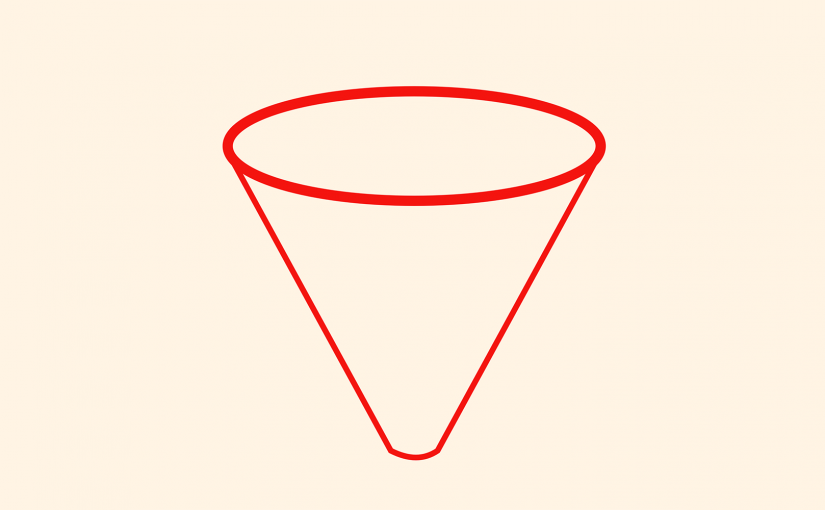Marketing can be modeled in lead-nurturing stages, including awareness creation, interest, and consideration all the way to the purchase phase. Throughout the process, marketers must be in constant contact with their leads to keep them interested and engaged. When doing this, the ultimate goal is to take the leads to the bottom of the funnel (where the lead becomes a paying customer). In this model, marketers must remain committed to effective top of the funnel marketing strategies to keep the funnel flowing.
What is the Top of the Funnel Marketing Concept?
This concept refers to marketing efforts and campaigns that focus on lead generation and the targeting of consumers in the uppermost echelon of the marketing funnel. Like many other aspects of marketing, the concept is bold and involves numerous activities. For instance, the concept encompasses most content marketing activities such as:
- Search Engine Optimization (SEO)
- Paid Advertising
- White Papers
- Blog Posts
It helps generate leads and feeds them into the relevant nurture program.
The Structure of the Marketing Funnel
1. Top of the funnel
This level is also known as the awareness stage. During this stage, all your marketing activities’ content should focus on informing the target market about your brand without emphasizing selling. Hence, one should research and analyze what topics might interest their audience.
2. Middle of the funnel
Unlike the first stage, the middle of the funnel stage is weightier. Thus, in this stage, one should focus on including content that will help convince the customer. For instance, one can opt to include free trials, case studies, and customer testimonials. Additionally, one can include live webinars to demonstrate knowledge of their brands.
3. Bottom of the funnel
This is the point where the salesperson should do the hard selling to a potential lead. This can be done by offering in-house demonstrations, promotional codes, and in-person consultations. All the activities at this stage aim to make the deal sweet for the customer to convert them.
Optimizing the Marketing Funnel from the Top
Marketing strategies have changed over time. Lately, marketers have been analyzing data to make decisions for top of the funnel marketing. Using data appropriately will help you develop high-quality and actionable buyer personas to help you target the right audience. For instance, the data can help you come up with an appropriate message for your audience.
Formats that Work Best at the Top of Funnel Marketing
With top of the funnel marketing, the distribution of marketing messages is key. Although many formats can be used, one should understand that there is no specific format appropriate for all businesses, and the format is based on a use-case scenario. The most popular formats include:
1. Blog Posts
This is one of the most prevalent formats used in top of the funnel marketing. Its popularity is because it offers an interactive platform. Additionally, it gives the customers an avenue to communicate their quarries. This kind of interaction is good as it helps establish trust, which is important, especially at the awareness level.
2. Email Sequences
This technique is popular as it allows the marketers to provide potential customers with bit-sized information avoiding overload. Additionally, it allows marketers to offer real-time responses to customers. If done appropriately, it can help nurture the prospect and develop a relationship. One should use both short and long sequences to build value by providing a sense of closure and trust.
3. Guides
Guides are popular, given that they can come in different formats. For instance, they can be in the form of webinars, infographics, and videos. They help breakdown activities into step-by-step processes. This makes it easy for prospects to digest the provided information.
The Funnel Model isn’t A Universal Law or The Only Way To Model Marketing
When learning marketing concepts, it’s important to understand that marketing isn’t science. There are no universal laws governing consumer behavior. The funnel model has been an easy way to explain how a prospect goes from becoming a lead to a paying customer. If you find that the funnel model helps your organization with designing marketing campaigns – then use it! But don’t be afraid to think outside the funnel, and come up with your own model or borrow other marketing model concepts.

